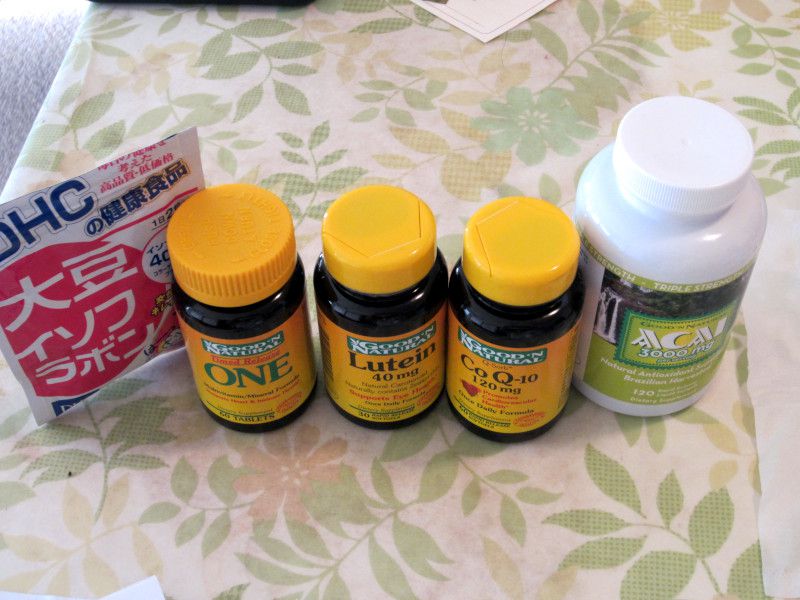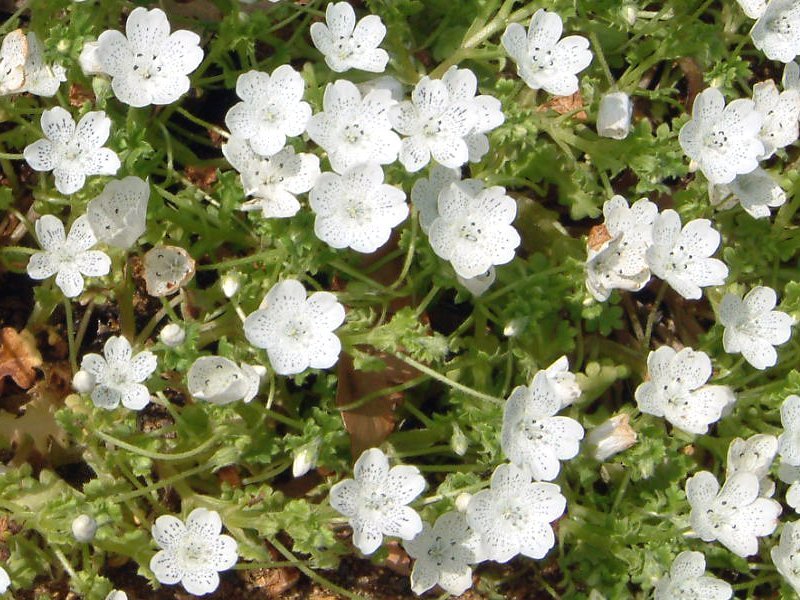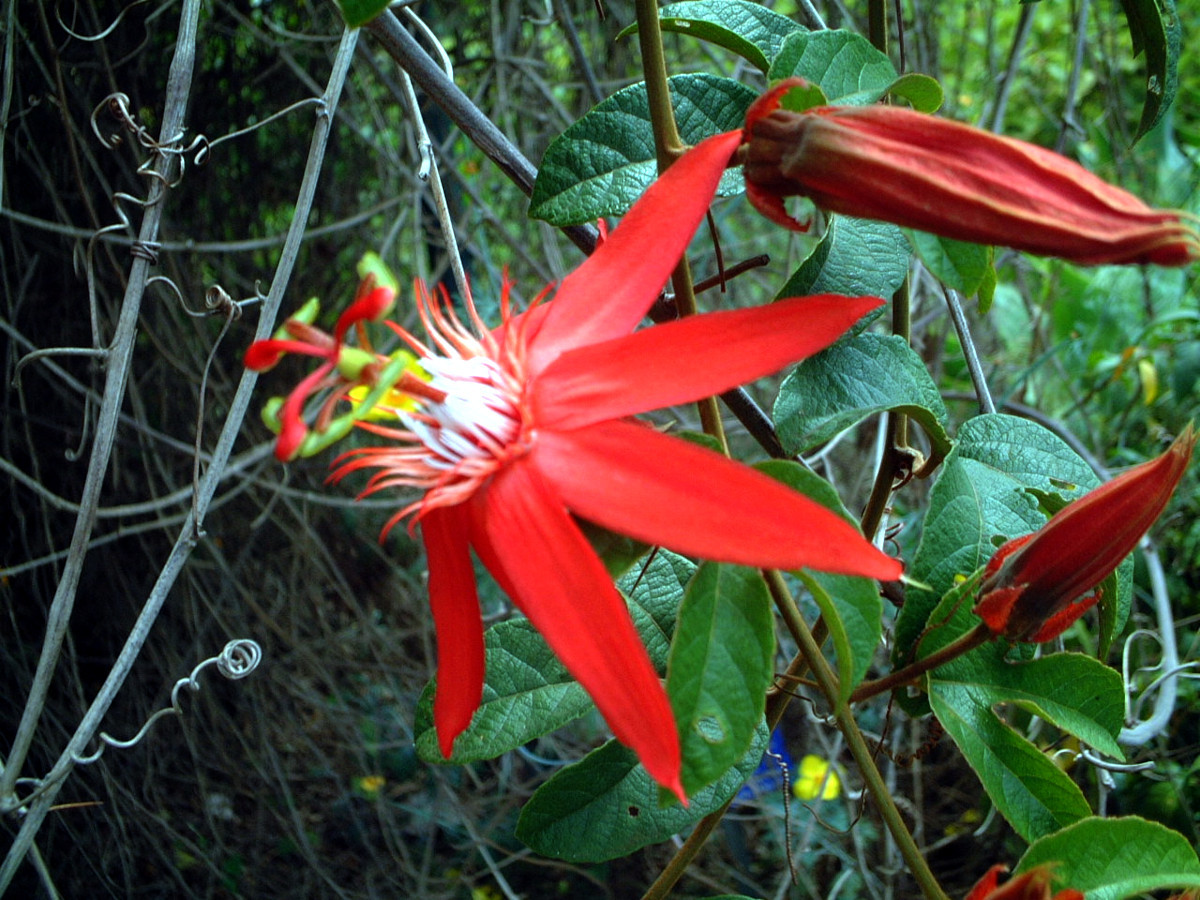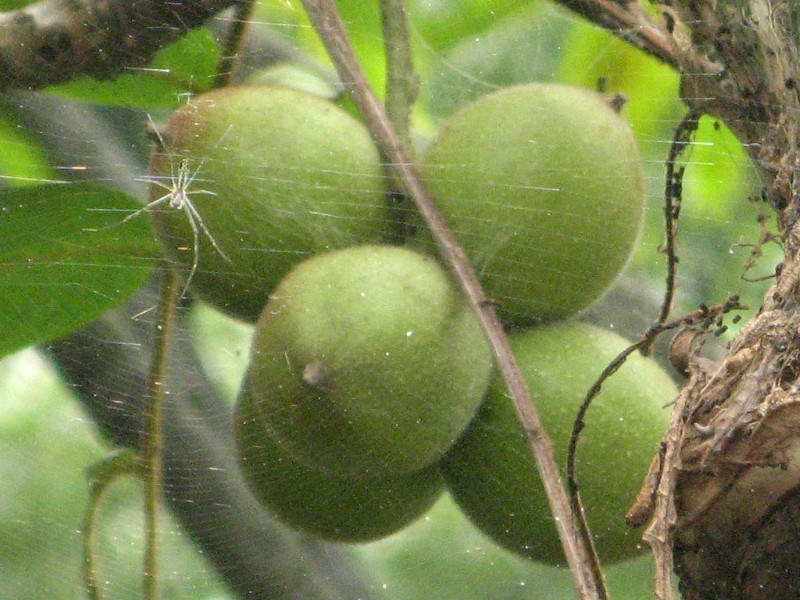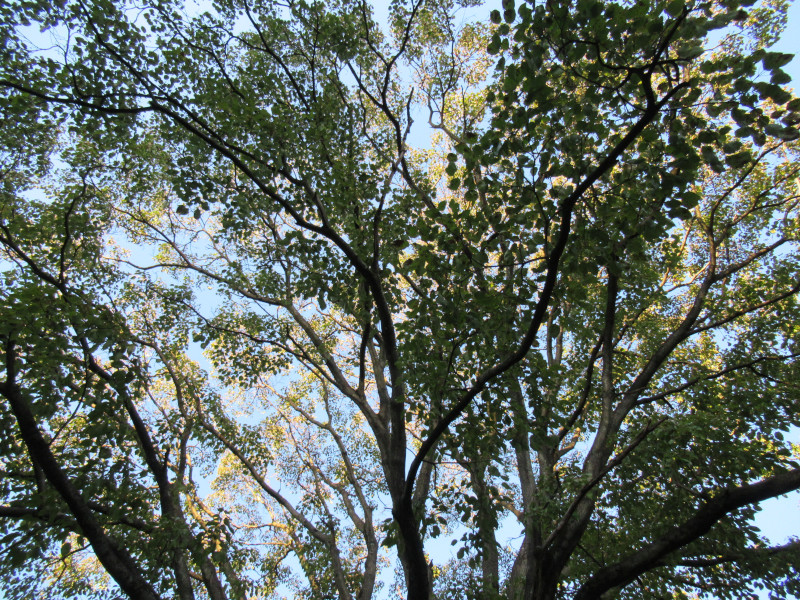Euterpe oleracea
- Flower nameEuterpe oleracea
- Scientific nameEuterpe oleracea
- AliasAssai, アサイイ, アサイーパーム, ワカバキャベツヤシ, BrazilianAcai
- Place of originAmazon
- Place of floweringSubtropical region
- Flowering season
What is Euterpe oleracea
Euterpe oleracea, acai, or assai (scientific name: Euterpe oleracea) refers to the fruit from the Assai palm, a tall evergreen tree of the Euterpe oleracea species of the palm family Arecaceae, found in the waters of the Amazon.
The acai palm as a plant
The tree is 25 to 30 meters tall and slender, with more than a dozen trunks growing from a single plant. It is dioecious. The leaves are yellowish-green, strip-shaped, and up to 2 m long. 3 to 4 clusters grow on each tree, with each cluster weighing about 5 kg.
The acai fruit is edible.
The fruit is blue when unripe and turns blackish purple when ripe. The clusters are composed of many small, spherical or oval-shaped berries, about 1 cm in diameter, densely packed together. It takes about two years after sowing for the berries to bear fruit, which are harvested from August to February of the following year. Of the fruit, 95% is seed, and only 5% is edible. The juice is used in juices, liquors, ice cream, smoothies, jellies, and supplements. The juice has little acidity, sweetness, or aroma.
Nutritional Value of Acai
Acai contains polyphenols, dietary fiber, calcium, and iron. Its effects are unknown, but it is not suitable for people with high blood pressure, as it can interfere with the effects of drugs.
Common name: Euterpe oleracea, acai, or assai , scientific name: Euterpe oleracea, also known as Assai palm (plant), açai , Origin: Amazon, Habitat: Waterside, Height: 25-30 m, Dioecious, Stem: 14 trunks from 1 plant, Stem shape: slender, Leaf color: yellowish green, Leaf shape: striped, Leaf length: 2 m, Number of clusters/tree: 3-4, Weight/cluster: 5 kg, Fruit color: blue (immature) to blackish purple (mature), Fruit diameter: 1 cm, Fruit shape: spherical/oval, Fruiting period: 2 years after sowing, Harvest time: August to February, Fruit edible portion: 5% (seed portion: 95%), Uses: fruit and juice used in juice, liquor, ice cream, smoothies, jelly, supplements, Taste: sour, sweet, little aromatic Ingredients: polyphenols, dietary fiber, calcium, iron.
